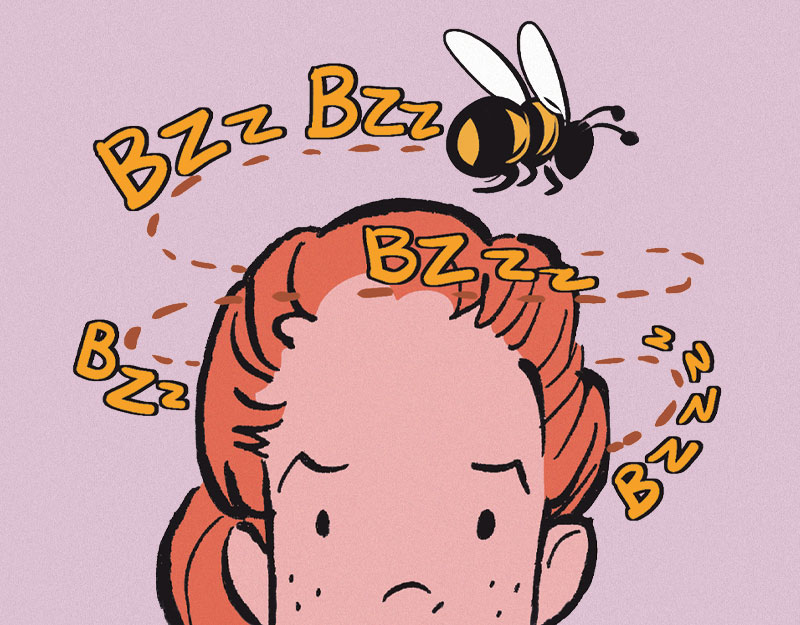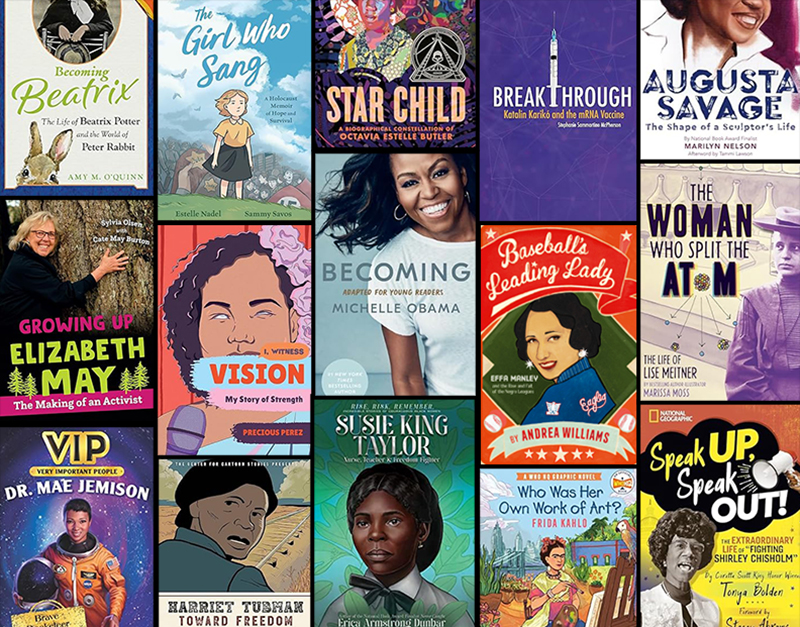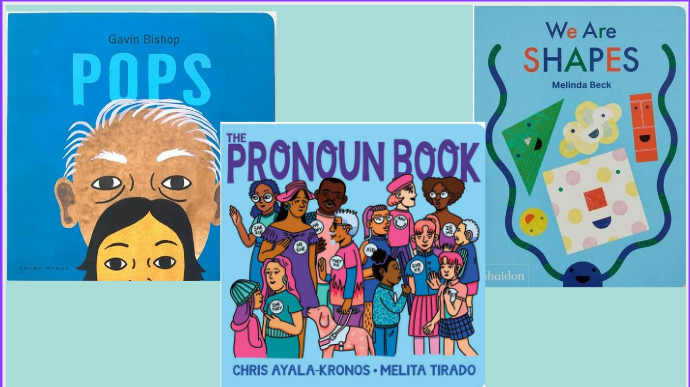Tippy and the Night Parade
ISBN 978-1-9351-7957-3
Grades preK-3
Maybe? Who Knows? Readers’ Theater. As we have suggested in previous entries for books comprised of dialogue (e.g., The Watermelon Seed, I Want My Hat Back, This is Not My Hat, and Up! Tall! and High!), Tippy and the Night Parade provides wonderful material for exploration through Readers’ Theater. Invite students to try their own dramatization of the text, discussing in advance how their voice will indicate Tippy’s thoughts and feelings. Create your own class story about an animal parade using lines that Tippy says to herself when she wonders how the animals got into her room–“maybe….who knows?” Collaboratively choose a series of settings for the parade to wander through as well as a series of animals or creatures that join the parade. Consider the kinds of animals that would be present in a given setting while remaining open to the imaginative possibilities.
Shades of Meaning. In Tippy and the Night Parade, Lilli Carré uses a muted palette of orange and maroon to signify daybreak and shades of blue and gray to indicate an increasingly darkened night. Support readers to notice the subtle shifts in shade to help support our understanding of the passage of time. Encourage students to consider the circular nature of the story by noticing what colors begin and end the story. Support students to illustrate their own stories that indicate the passage of time drawing from Carré’s palette. Compare Carré’s techniques for indicating passage of time with Eric Carle’s in books like The Very Quiet Cricket using the book or selected videos .
Animal Investigation. The animals play a significant role in Tippy and the Night Parade. Support students to notice the details in their characterization and how and why they joined the night parade from the crab clinging to Tippy’s nightgown to the bear who joins in the mist of the woods. Encourage students to share questions they have about the animals, their habitats, their physical features, and the fictionalized personas they take on in the story. Provide nonfiction resources for students to learn more as the animals interest them. Steve Jenkins’ work is one place to start as you bridge students’ natural curiosity about animals in stories to the animals’ amazing attributes in the world.
Author’s Site
http://lillicarre.com/
Toon Books Site
http://www.toon-books.com/
The New York Times Book Review
http://www.nytimes.com/2014/05/11/books/review/margaret-wise-browns-goodnight-songs-and-more.html?_r=0
Read-Write-Think’s Create Your Own Comic Site
www.readwritethink.org/files/resources/interactives/comic/
Pixton Comic Site
www.pixton.com
Bitstrips Comic Site
www.bitstrips.com
Edwards, P.D. (2010). While the world is sleeping. New York, NY: Scholastic/Orchard Books.
Fraser, M. (1998). Where are the night animals? New York, NY: HarperCollins.
Jenkins, S. (2013). The animal book: A collection of the fastest, fiercest, toughest, cleverst, shyest–and most surprising– animals on Earth. New York, NY: HMH Books for Young Readers.
Judge, L. (2011). red sled. New York, NY: Antheneum Books for Young Readers.
Pinder, E. (2012). If all the animals came inside. New York, NY: Little, Brown Books for Young Readers.
Rathmann, P. (1996). Goodnight, gorilla. New York, NY: Putnam Juvenile.
Rowe, T. (2014). Hearts: Toon books level 1. New York, NY: Toon Books.
Wilson, K. (2005). Bear snores on. New York, NY: Little Simon.
Filed under: Beginner Readers, Fiction Picture Books
About Katie Cunningham
Katie is a Professor of Literacy and English Education at Manhattanville College. There she is also the Director of the Advanced Certificate Program in Social and Emotional Learning and Whole Child Education. Her work focuses on children’s literature, joyful literacy methods, and literacy leadership. Katie is the author of Story: Still the Heart of Literacy Learning and co-author of Literacy Leadership in Changing Schools. Her book Start with Joy: Designing Literacy Learning for Student Happiness will be released September 2019. She is passionate about the power of stories to transform lives.
ADVERTISEMENT
ADVERTISEMENT
SLJ Blog Network
Should I make it holographic? Let’s make it holographic: a JUST ONE WAVE preorder gift for you
Press Release Fun: Happy Inaugural We Need Diverse Books Day!
Halfway There: A Graphic Memoir of Self Discovery | Review
Fifteen early Mock Newbery 2026 Contenders
When Book Bans are a Form of Discrimination, What is the Path to Justice?
RA Tool of the Week: Inside Out Inspired Emotions, but Make it YA Books
ADVERTISEMENT








Hoping to be able to really develop my school library picture book collection and what a great addition this would make. thanks!